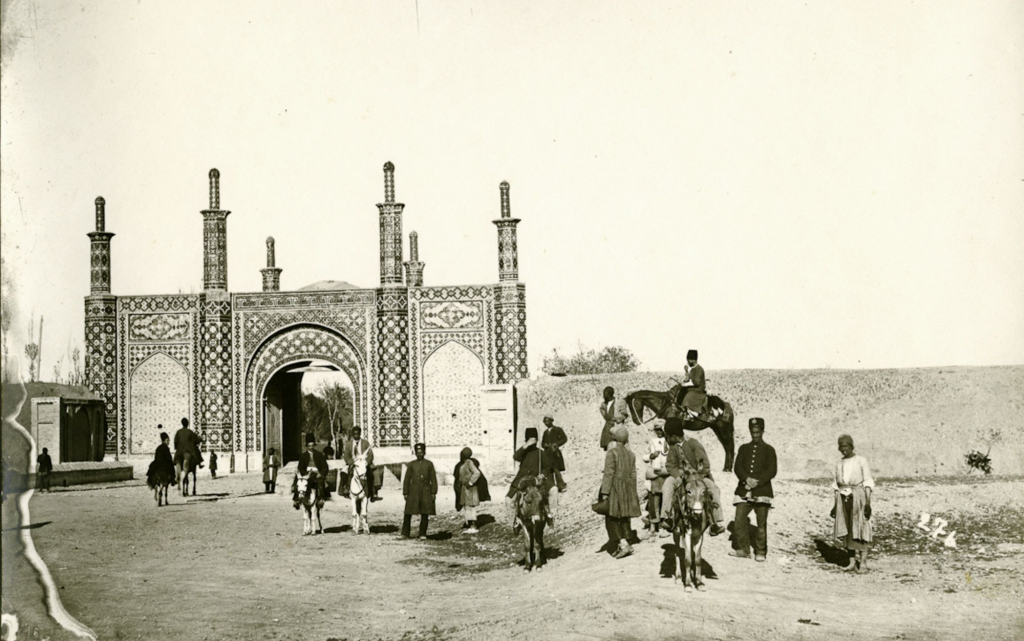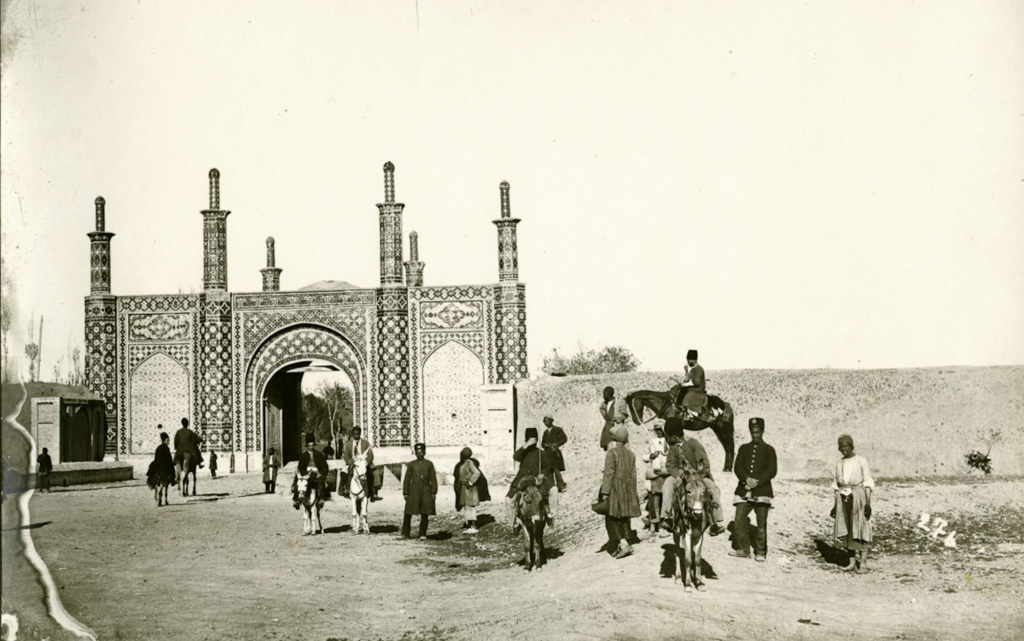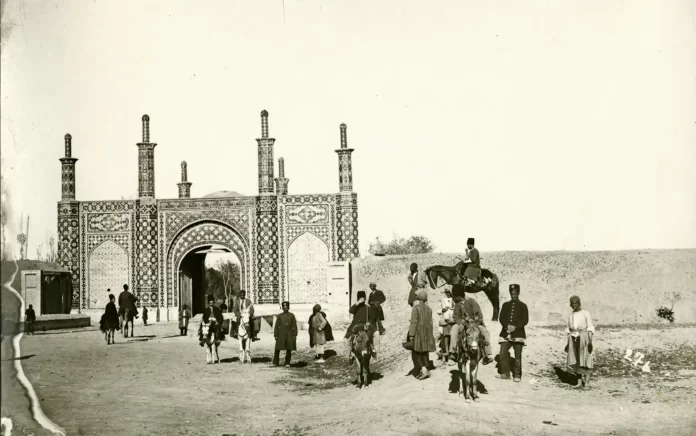Cultural exchange is often seen as a solution to nationalist xenophobia, but it’s not always progressive. This is exemplified in the case of Indo-Iranian exchange, which fostered modern nationalism rather than greater cosmopolitanism. Persian, now the national language of Iran, underwent a transformation in the 19th century when Iranian intellectuals made it the language of national identity in the nation-state of Iran. They reformed Persian into a national language and literature into national heritage, positioning Iran as the proprietor of the Persianate tradition.
While Persian had its roots in Arabic and Islam, 20th-century Iranian nationalists sought to distinguish it from Arabic, emphasizing its continuity over time. This continuity encompassed Old Persian, Middle Persian, and New Persian, which followed the rise of Islam and endured to the present day. The emergence of Iranian nationalism was a response to foreign imperialism and local despotism, demonstrating that cultural exchange doesn’t always lead to greater cosmopolitanism.
Influence of European Philology over Indian culture

Bahar, an Iranian nationalist, was influenced by European philology, which linked a people with their language. He used this to showcase Iranian continuity before and after Islam, with support from European Orientalism and philology. Bahar and other European philologists grouped Persian with the Indo-European family of languages and emphasized its independence and continuity over time. This was different from considering it a mixed language with Arabic elements. This narrative followed the paradigm established by 19th-century Germanic linguists who saw Old English and Middle English as precursors to Modern English. Meanwhile, Indian Muslims also valued the Persianate literary heritage, as it had been a language of power and learning in South Asia since the 11th century, giving them an equal claim to it as Iranians.
The Persian Influence on Urdu
Urdu, a language of South Asia, has its roots in Persian, with many of its defining features borrowed from the language, such as the Perso-Arabic script and tens of thousands of Persian loanwords. Additionally, Urdu’s literary identity is closely linked to Perso-Arabic forms like the ghazal. Unlike the Iranian story of continuity with Persian, South Asian Muslim literary historians emphasized hybridity and rupture as key to Urdu’s origins, tracing the language’s beginnings to the arrival of Muslim empires in the Indian subcontinent. They view Urdu as a mixture of Hindi, Persian, Arabic, and Turkish, in contrast to the Iranian nationalist view of Persian’s independence and continuity. Despite the name’s Turkic origin, Turkic elements in Urdu are minimal, with only about 100 Turkic words out of 54,000 in a major Urdu dictionary.
Urdu’s Connection to Ottoman Empire and Islamic Heritage
In the 19th and early 20th centuries, Indian Muslims claimed a connection to the Ottoman Empire by associating Turkish with Urdu. They also considered Arabic a vital contributor to Urdu’s proper Muslim pedigree, borrowed through Persian. Indian Muslims were asserting Urdu’s Islamic heritage, unlike the Iranian nationalist narrative, which emphasised continuity in national history through linguistics. British colonialism and Hindu nationalism created a narrative of enduring linguistic history that situated Hindi and the Hindus as inheritors of an enduring and indigenous ‘Aryan’ civilization, positioning Urdu-speaking Muslims as foreigners and outsiders to India. These two narratives – Persian discreteness and Urdu hybridity – reflect different relationships to Orientalist forms of knowledge about language.

Scholars had proposed in the 1850s that the first Sanskrit speakers came from outside India, and genetic evidence now supports this. However, the belief in ‘indigenous’ Hindus and ‘foreign’ Muslims remained deeply ingrained, leading to the 1947 partition of India and Pakistan. Similarly, the Pahlavi dynasty’s ideology in Iran was based on the notion of Persian indigeneity, marginalizing minorities such as Arabs. These modern nationalist narratives depart significantly from the cosmopolitan Persianate societies of the past, where ethnicity and language didn’t form hierarchies. Before the 19th century, no concept of ‘native speaker’ existed, and having a Persian education was more important than speaking Persian at home. The heart of the Persianate world was arguably in India, where dynasties like the Mughals patronized the language, producing more Persian literature than Iran. Hindus and Muslims shared space in shrines and seminaries, and socialized in the same circles, contradicting the divisive narratives of nationalism.
The Impact of British Colonialism and Russian Imperialism
British colonial rule in India and Russian imperialism in Iran both brought about significant social and political changes. Prior to the 19th century, no one associated Persian or Urdu with any particular religious group. However, the British colonial rule established Urdu as the language of Muslim patrimony in northern India and disqualifying Persian as a “local” language. As a result, Muslim intellectuals in Iran and India began to grapple with their modern experience of colonialism and their shared Persianate literary tradition. Some embraced Westernisation, while others believed that tradition had to be reformed to survive modernity. The shared experience of colonial subjugation and literary heritage formed the basis for a shared Indo-Iranian project of modernisation, with intellectuals travelling between the two countries, translating key works, and exchanging ideas. Multilingual travellers acted as vernacular translators, spreading ideas learned during these international encounters to other interlocutors.
Modernity, Tradition, and Nationalism in the Persianate World
Composing literary history was a way to reconcile modernity with tradition by managing the contradictions between old works of literature and new values held by modernisers. However, amorous poetry posed a challenge as it conflicted with the new prudish values of Indian Muslim reformers and Iranian intellectuals. They pathologised homoeroticism and sought to distance themselves from the homoerotic and bawdy poems of classical Persian literature. In the late 19th and early 20th centuries, Persian literary history emerged from scholarly exchange between Iranians and Indian Muslims, who drew on the same Persian literary tradition to seek local models for modern writing. Writing literary history was seen as a nationalist endeavour to narrate the story of a people through the history of its literature. Modern literary historians used medieval sources and reworked traditional biographical anthologies of poets into linear narratives of the development of Persian poetry. Nuʿmani’s Poetry of the Persians pioneered a model of literary history that influenced Iranian litterateurs and European Orientalists. The cultural vessel of literature and language was used for political projects in the form of nationalist endeavours.
Persian Language and Literature in Iran and India
The exchange between Iranians and Indians resulted in a great irony, as the literary histories that were produced ended up consolidating a nationalist logic that associated Persian language and literature solely with Iran. While Indian Muslims also saw Persian as part of their heritage, Iran took center stage even in Indian accounts of Persian literature. This was ironic because India had actually produced more Persian literature than Iran at some points in history. Indian Muslims did not challenge the nationalist logic, but instead embraced it, even tying their linguistic identity to Iran and the Middle East, effectively writing themselves out of the history of Persian literature and out of belonging to India.

This divergence in their relationship to language can be explained by their different relationships to European philology, revealing the historical contingency of the two narratives. It was not inevitable that Iranian nationalism would adopt the philological model of linguistic continuity, as Indian Muslims did not conceive of Urdu in the same way.
This history suggests that national culture is not inherently unique or bounded, but rather the product of exchange with others from beyond the borders of the nation-state. Culture has no inherent politics or predetermined trajectory and can be attached to all kinds of political projects. The exchange between Iranians and Indians served to alienate Indians from the history of Persian literature, and more recently, the idea of Indian Muslims’ cosmopolitan origins has marked them as outsiders to India, perpetuated by Hindu nationalists to marginalize and disenfranchise them.
The idea of indigeneity is not necessarily progressive, as demonstrated by Hindu nationalists in India who claim to be an indigenous population under threat from foreign intruders, specifically Muslim allochthones. This use of indigeneity is not limited to India, as we see similar language employed by ethno-nationalists across the globe. To combat nationalism, we must move away from cultural abstractions and instead envision a shared future.

